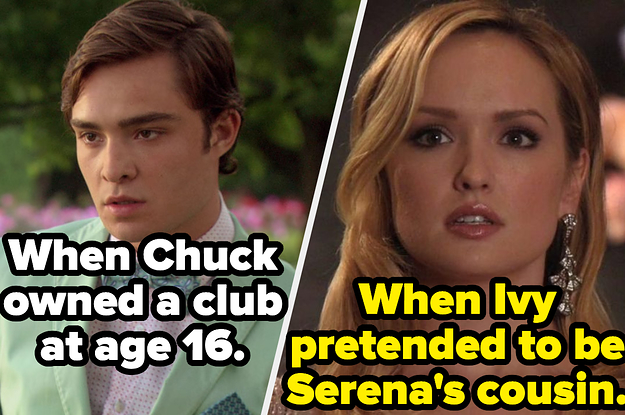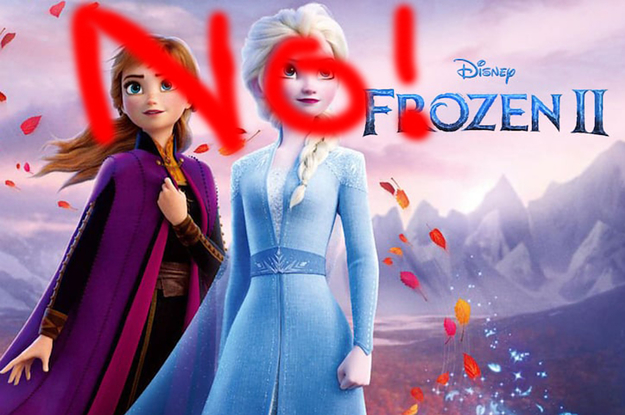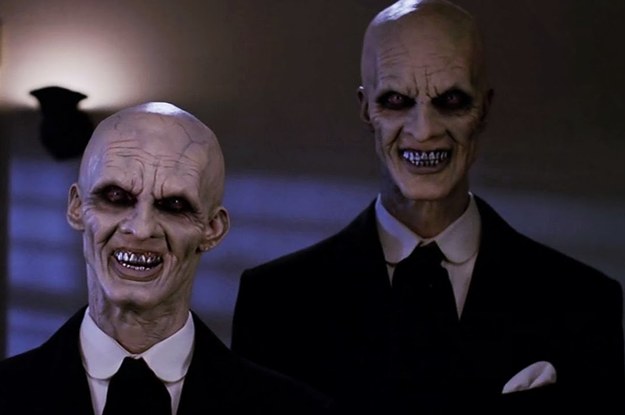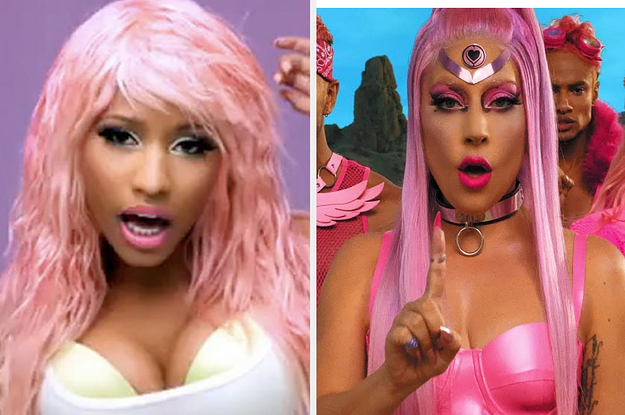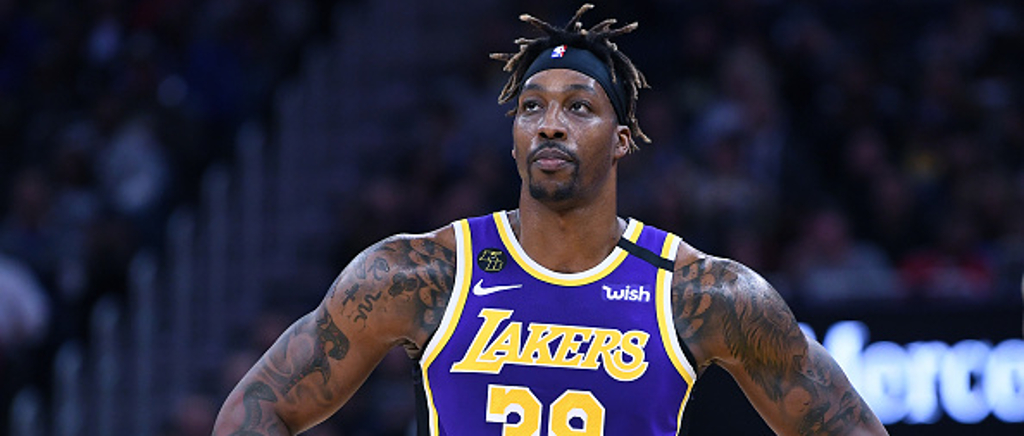
It’s been a busy week for Dwight Howard. The Lakers center has become one of the central figures in the controversy over resuming the NBA season in Orlando next month, joining several other players in voicing concerns that a return to play could distract the national attention away from the Black Lives Matter movement.
Howard went on to issue a formal statement this week, via The Athletic, in which he appeared to criticize the NBPA leadership for “serving their own agendas,” the implication being that players union is prioritizing the economic impact of the restart rather than player safety and the pursuit of equal justice.
On Wednesday, Howard also attended the hearing against the police officer accused of killing Rayshard Brooks, an unarmed black man who was shot in the back outside a Wendy’s. Howard’s uncle, Paul Howard Jr., is the Fulton County District Attorney who read the formal charges.
Via Tania Ganguli of The Los Angeles Times:
When Fulton County District Attorney Paul Howard Jr. announced the 11 charges, including felony murder, that will be brought against the Atlanta police officer who killed Rayshard Brooks, the district attorney’s nephew was in the courtroom.
Dwight Howard, the Lakers’ center, wore a white shirt with words formed into wings that said “Breathe again.”
Dwight Howard has spent the last three months in Georgia, a state where two killings of unarmed Black people by white people have sparked anger and frustration across the country. These incidents — along with police killing George Floyd in Minneapolis and Breonna Taylor in Louisville — sparked protests against racism, police brutality and injustice against Black people. And they have led to sports figures looking for ways to further the movement.
It’s unclear whether Howard Jr. will be the one to prosecute the case, but the D.A. did make a statement outlining the specifics of the incident that culminated in Brooks’ death, arguing that he was cooperative with the officers involved — moving his vehicle and providing identification — as they spoke to him for more than 40 minutes in the restaurant parking lot before he was shot in the back. The Lakers star did not make a statement at the time of the hearing.
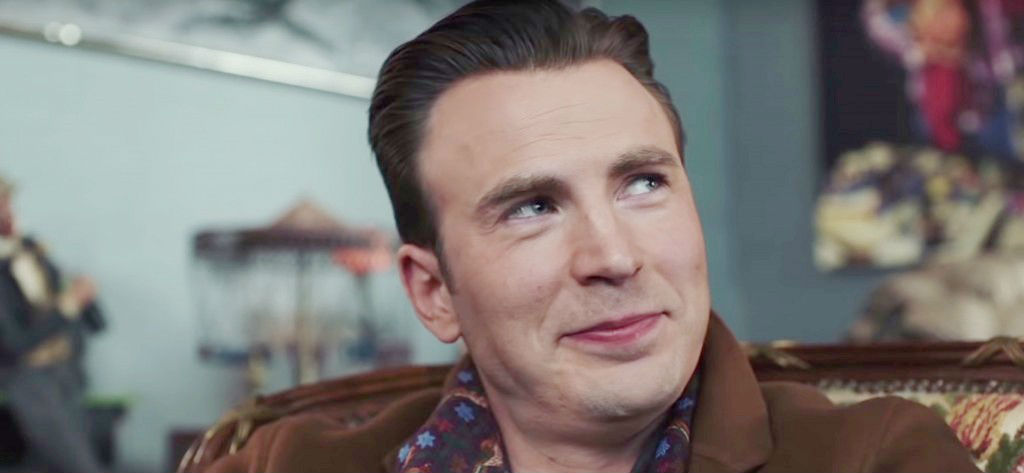
Last Updated: June 17th
Amazon Prime is way more than just a way to get your electronics and books in two days or less. There’s a wide breadth of good movies and TV shows out there to choose from if you know what you’re looking for.
To help you out, we’ve rounded the 30 best movies on Amazon Prime right now. From new Oscar winners to classic titles, you might be surprised as to what the service has available.
Related: The Best Thrillers On Amazon Prime Right Now

The Farewell (2019)
Run Time: 100 min | IMDb: 7.7/10
Awkwafina stars in this dramedy from director Lulu Wang that got a fair amount of Oscar buzz this season. The story follows a Chinese family, who discovers their beloved grandmother has only a short time to live. Instead of telling her, they keep the news to themselves, planning a wedding so that everyone can gather to say their goodbyes. It’s a dark comedy to be sure, but it’s given heart by some brilliant performances including Shuzhen Zhao as the central Nai Nai.

Midsommar (2019)
Run Time: 147 min | IMDb: 7.2/10
Nauseating. Disturbing. A total mindf*ck. Those are all fitting descriptions of Ari Aster’s Hereditary follow-up, a sophomore outing that gleefully embraces the very worst of humanity and shines an unforgiving light on those universal flaws. It’s a horror story, sure, but it’s a relationship drama at its core, flavored with pagan rituals, brutal killings, unsettling imagery, and all-consuming grief. Florence Pugh gives a career-defining performance as Dani, a young woman reeling from a terrible familial tragedy who accompanies her distant, disinterested boyfriend Christian (Jack Reynor) and his college bros to a small Swedish village to celebrate the summer solstice.
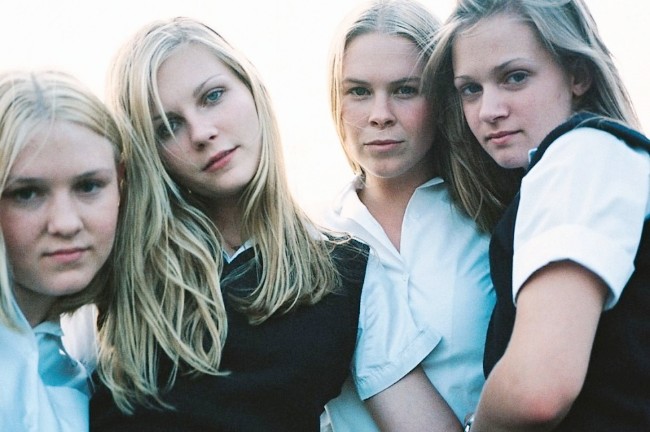
The Virgin Suicides (1999)
Run Time: 97 min | IMDb: 7.2/10
An early work of director Sofia Coppola, this film based on a 1993 novel of the same name, follows the story of the Lisbon sisters, five girls aged 13-17 who make a suicide pact after their youngest sibling kills herself. A sense of mystery and aloofness adds to the girls’ appeal when it comes to the neighborhood boys, through whom much of the story is told. Confined to their house after the death of their sister, the girls find ways of communicating with the outside world through secret phone calls and late-night trysts. Eventually, the sisters make good on their pact, but Coppola chooses to find a sense of freedom and validation in their decision to commit suicide, one that paints the end of the film in a strangely victorious light.
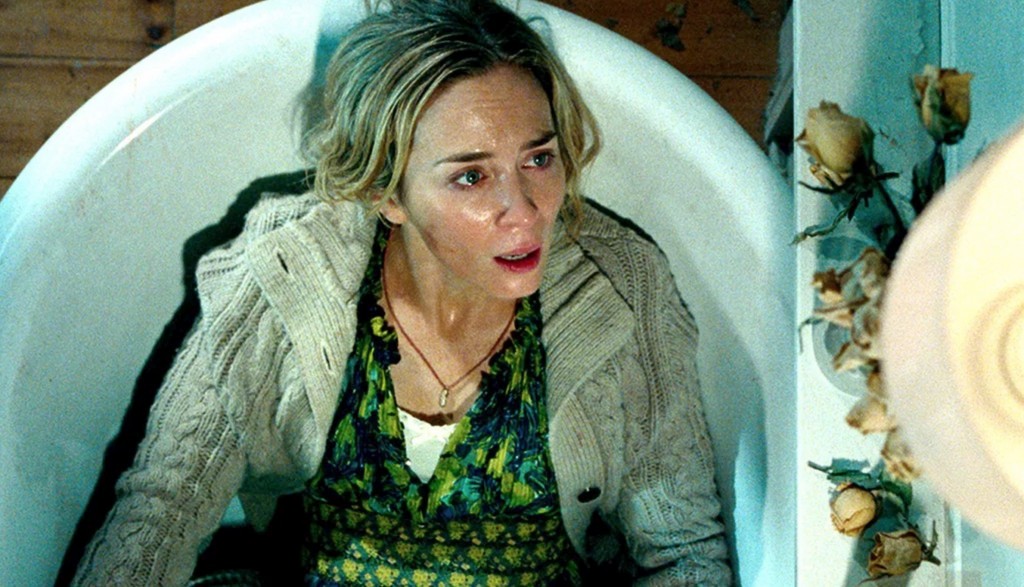
A Quiet Place (2018)
Run Time: 90 min | IMDb: 7.6/10
John Krasinski’s breakout horror flick has made its way to Hulu. The film stars Krasinski and his wife, Emily Blunt, as a couple trying their best to raise their family in the middle of an apocalypse where the slightest sound might attract other-worldly creatures intent on hunting them down and killing them. It’s a thrilling turn for both actors, with twists you don’t see coming and a satisfying ending.
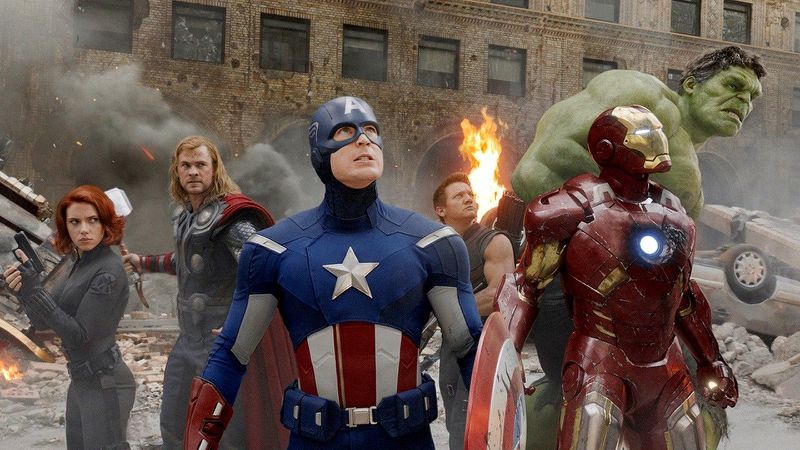
The Avengers (2012)
Run Time: 143 min | IMDb: 8/10
The mind-boggling success of the Marvel Universe this decade makes it easy to forget it’s humble, fantastically-written origins. We’re talking about the first Avengers team-up, a modest affair in comparison to the universe-spanning, dimension-hopping Endgame, but one that still holds up as a worthy outing for our O.G. heroes. This film marked the first time Tony Stark, Steve Rogers, Thor, Natasha Romanoff, Bruce Banner, and Clint Barton shared any real screentime and while most of the fighting is done in-house, the team pulls it together to take on a scheming Loki and his invading army of earth-destroying space monsters in the end.

Fast Color (2018)
Run Time: 100 min | IMDb: 5.9/10
Gugu Mbatha-Raw stars in this sci-fi thriller about a woman on the run who must return home to the family she abandoned once word of her supernatural abilities spreads. Mbatha-Raw plays Ruth, a woman whose seizures trigger earthquakes. Her mother and young daughter also have telekinetic abilities and when Ruth comes home to escape a dogged scientist determined to experiment on her, she begins trying to understand her powers with their help while also staying under the radar.
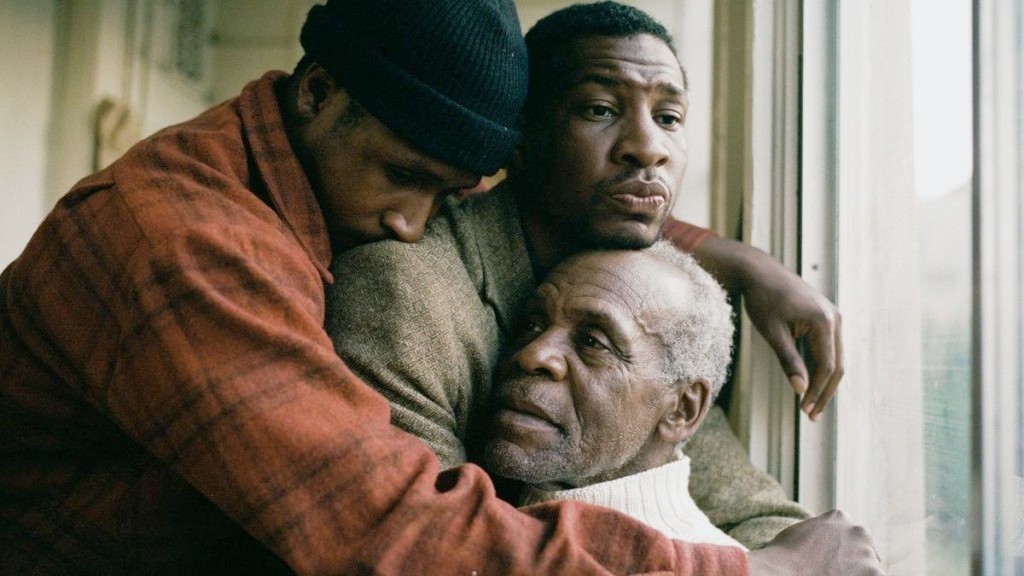
The Last Black Man In San Francisco (2019)
Run Time: 121 min | IMDb: 7.4/10
Jimmie Fails plays himself in this semi-autobiographical drama about a young man’s attempts to reclaim his childhood home. Fails and his best friend, Mont (Jonathan Majors), visit the old Victorian house where Fails grew up, only to find it in disarray. When the current tenants find themselves embroiled in a fight for ownership, forced to move out while the battle plays out in court, Jimmy and Mont move in, fixing up the place and fighting to restore some of the neighborhood’s old school charm.
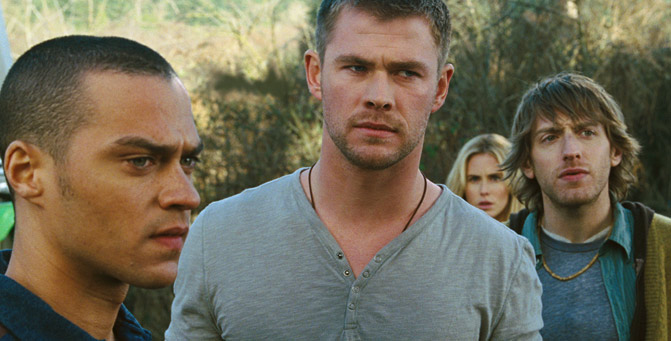
Cabin in the Woods (2011)
Run Time: 95 min | IMDb: 7/10
Chris Hemsworth stars in this Whedon creation directed by Drew Goddard that’ll make you wary of ever going on a mountain retreat again. Hemsworth plays one of a group of five friends who head to the woods for some R&R. The remote cabin they stay at quickly becomes a hellish prison they struggle to escape from.
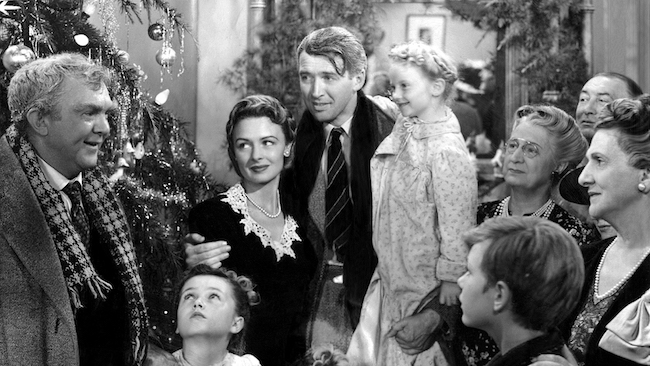
It’s A Wonderful Life (1946)
Run Time: 130 min | IMDb: 8.6/10
James Stewart stars in this holiday flick about a down-on-his-luck businessman who laments his suburban life. George Bailey wishes for a different, more successful life, one unencumbered by a wife and kids but when his wish is granted and an angel shows him what life would be like without him, Bailey must figure out how to make the most of the present. Stewart is magnetic in the role and though it’s thought of as a Christmas classic, this film can and should be enjoyed year-round.
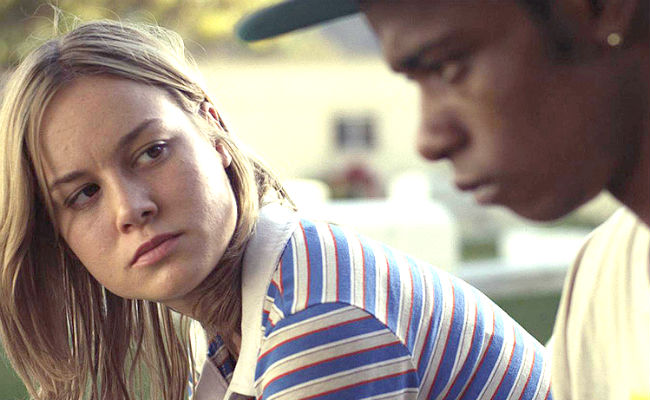
Short Term 12 (2013)
Run Time: 96 min | IMDb: 8/10
This film by Destin Daniel Cretton (the guy Marvel’s tapped to direct Shang-Chi) marks the first leading role for Brie Larson. Long before her Captain Marvel days, Larson was playing Grace Howard, a young woman navigating life as a supervisor of a group home for troubled teens. Other soon-to-be stars like Lakeith Stanfield and Rami Malek also have a role in this thing but it’s Larson’s vehicle and she’s in full command of it.
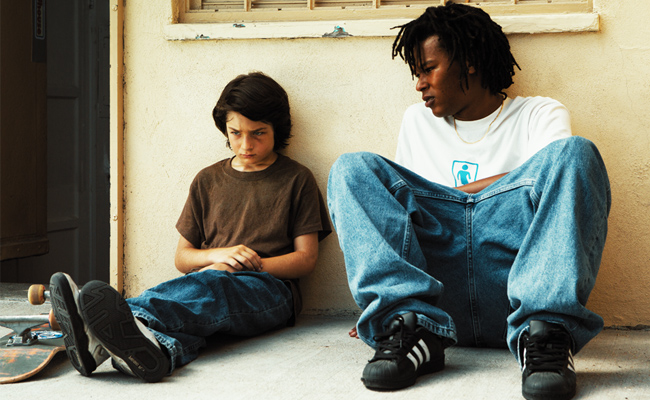
Mid90s (2018)
Run Time: 85 min | IMDb: 7.4/10
Jonah Hill’s directorial debut is a nostalgic ode to growing up in the 90s. The film follows a 13-year-old kid named Stevie who spends one summer in L.A. navigating between his troubled home life and a new group of friends that push to him to test his own boundaries. The movie is heavy in skater culture, a scene L.A. was known for at the time, but it’s also an introspective look on making the transition from boyhood to adulthood, and how perilous that time can be.
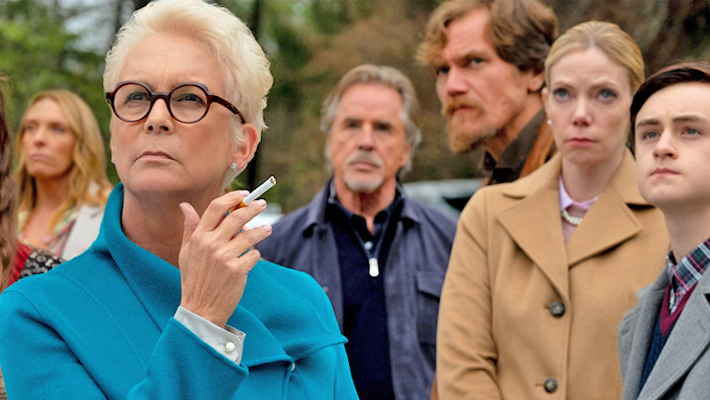
Knives Out (2019)
Run Time: 130 min | IMDb: 7.9/10
Call us jaded, but few movies that are as hyped up as this Rian Johnson whodunnit actually live up to the hype. You’ve got an A-list cast that’s somehow managing to share the screen and carve out singular moments for their characters despite a packed plot. You’ve got a story with twists and turns and darkly comedic gags you could never see coming. And you’ve got Johnson, who managed to make an original film that actually competed with, and surpassed, some established franchises at the box office. Something’s got to be wrong with this movie, right? Wrong. It’s as layered and nuanced and perfect as Chris Evans’ waffle-knit sweater. Enjoy.

Hereditary (2018)
Run Time: 127 min | IMDb: 7.3/10
Toni Collette stars in this terrifying nightmare by first-time director Ari Aster. The film charts the grief and shared trauma of the Graham family. Annie (Collette) is mourning the loss of her secretive mother, worrying over her inherited mental health issues and her children. When her son Peter accidentally kills his sister, hauntings begin happenings. Malevolent spirits, possessions, a seance gone wrong — this is pure nightmare fuel people.
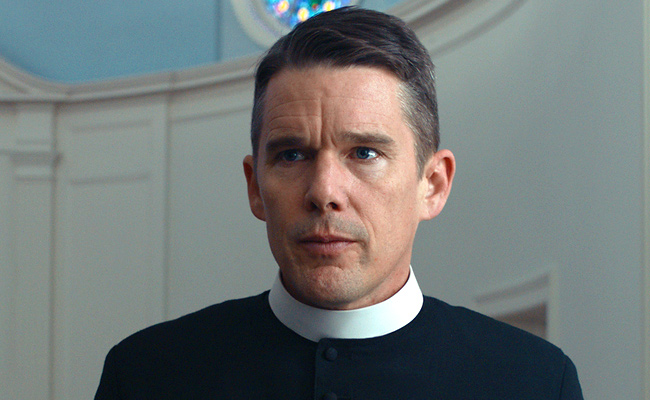
First Reformed (2017)
Run Time: 113 min | IMDb: 7.1/10
A dark, morose examination on everything from faith and fidelity to climate change, grief, and mental health issues, Paul Schrader’s drama about a Protestant minister struggling to reconcile his beliefs with the changing world around him is a poignant, if heavy-handed, commentary on some pretty complicated universal themes. Ethan Hawke gives a stand-out performance as Reverend Toller, a man mourning the loss of his son, facing a terminal cancer diagnosis, and grappling with the reality of his dwindling church membership. He counsels a young woman named Mary (Amanda Seyfried) about her husband, who’s entered a dangerous state of depression over the very real issue of climate change; and through his relationship with her, Toller confronts his own demons and his community’s narrow-minded views. It’s by no means a fun watch, but Hawke is such an underrated actor that being surprised by his stroke of genius in this role is reason enough to stream.
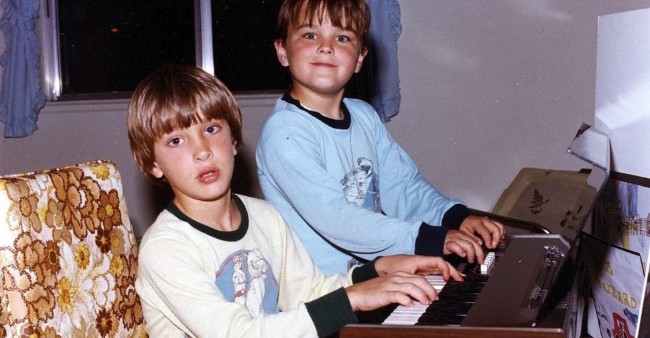
Dear Zachary: A Letter to a Son About His Father (2008)
Run Time: 95 min | IMDb: 8.6/10
When filmmaker Kurt Kuenne’s childhood friend Andrew Bagby is killed and his suspected killer/ex-girlfriend reveals she’s pregnant, Kurt decides to make a documentary chronicling Andrew’s life. While largely a love letter to a man who touched the lives of many for Zachary, the son he never met, Dear Zachary also tells the starkly bitter side of a broken Canadian legal system that directly endangered a baby. We follow the drawn-out custody battle between Andrew’s parents and Zachary’s mother, interspersed with loving snapshots into the Bagby family. The story sucks you in, but it’s also the at times comedic, fast-paced, and downright enraging documentary style of the film that breaks up the emotional tale.
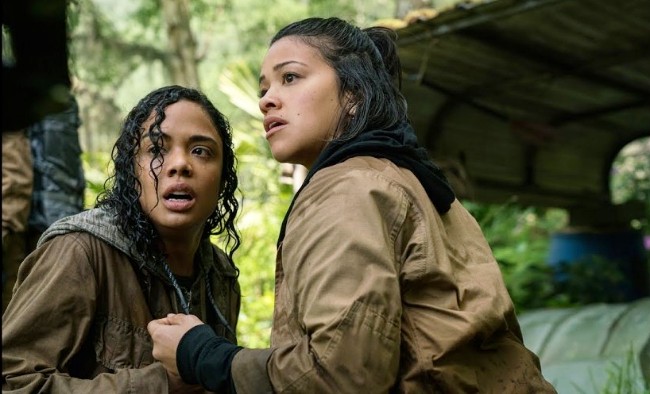
Annihilation (2018)
Run Time: 115 min | IMDb: 6.9/10
Natalie Portman leads this cast of badass women investigating a natural phenomenon that is slowly invading Earth. Portman plays Lena, a biologist who leads a team of women consisting of a psychologist (Jennifer Jason Leigh), a scientist (Tessa Thompson), and a paramedic (Gina Rodriguez) into “The Shimmer,” a quarantined zone mutated by alien DNA that seems to be transforming matter at will and spreading further each day. Past teams, including one led by Lena’s husband (Oscar Isaac), have disappeared in The Shimmer and Lena goes searching for a clue as to what happened to them and how she can save her husband — who returned changed from his mission. The entire journey is filled with bizarre happenings tied to meta-commentary about evolution and the human condition but honestly, the coolest thing about this movie is its cast and the kick-ass characters they play

Late Night (2019)
Run Time: 102 min | IMDb: 6.6/10
Mindy Kaling and Emma Thompson team up for this comedy that imagines the grit and humor it takes to lead a late-night talk show as a woman. Thompson plays Katherine Newbury, an accomplished TV personality who fears she may lose her talk show because of declining ratings and competition from a younger, male comedian. She hires Molly (Kaling) a comedy writer with little experience to diversify her team, and the two women weather hilarious mishaps and a few scandals to bring the show back on track.

Eighth Grade (2017)
Run Time: 93 min | IMDb: 7.5/10
Comedian Bo Burnham’s directorial debut looks at the social anxieties of a young girl on the cusp of her high school career. Elsie Fisher plays Kayla, a pre-teen in her final week of eighth grade. She’s virtually friendless, choosing to spend her time creating inspiring Youtube videos that no one sees. When she decides to venture from her computer screen, attending pool parties and hanging out with older kids, she’s thrust into situations she’s not entirely ready for. The film is a painfully honest look at the pressure of growing up, the loss of innocence, and how social media can contribute to feelings of anxiety and isolation in teens, especially young girls who are forced to grow up much more quickly than their male counterparts.

Honey Boy (2019)
Run Time: 94 min | IMDb: 7.4/10
Shia LaBeouf writes and stars in this semi-autobiographical tale of his time as a child star. Noah Jupe plays the younger version of himself while LaBeouf plays his controlling, often abusive father. The two live in motel rooms in L.A. while Otis (Jupe) works on a popular kids TV show. Their relationship becomes strained as Otis ages, and his dad James (LaBeouf) grows resentful of his son’s success. Lucas Hedges plays an elder Otis, who struggles with all kinds of addictions because of his rough, unconventional upbringing. It’s a tough watch but one that feels refreshingly honest, and you can’t deny LaBeouf’s talent and courage in telling such a raw, intimate story.

The Handmaiden (2016)
Run Time: 144 min | IMDb: 8.1/10
Based on a historical crime novel set in Victoria-Era England, Park Chan-wook’s lavish, mesmerizing thriller focuses on two young women fighting to escape oppression by the men in their lives. Chan-woo has traded the stuffy British countryside for Japanese-occupied Korea, telling the stories of Lady Hideko and her handmaiden Sook-hee in three parts, weaving a tale of passion, betrayal, dark secrets, and revenge with grander themes of imperialism, colonial rule, and patriarchal corruption. The two women are the draw of the film with both resorting to illicit, illegal, morally compromising schemes in order to gain their freedom, but love is an unintended consequence that leaves the third act — one you might think you have figured out halfway through the film — completely unpredictable.
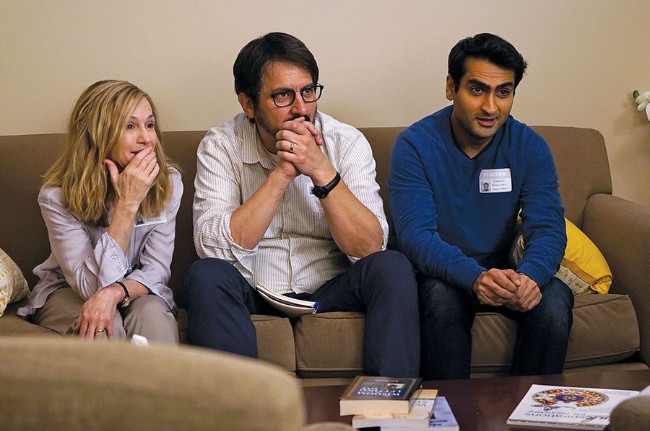
The Big Sick (2017)
Run Time: 120 min | IMDb: 7.6/10
Kumail Nanjiani and Emily Gordon drew from their own unusual love story for their script about a Chicago comic named Kumail (Nanjiani) who falls in love with Emily, a woman (Zoe Kazan) who falls into a coma while in the midst of a rift in their relationship created by the expectations of Kumail’s traditional parents. The funny, moving romantic comedy also features strong supporting work from Ray Romano and Holly Hunter as Emily’s parents, who form an awkward bond with Kumail as they wait for Emily’s recovery.
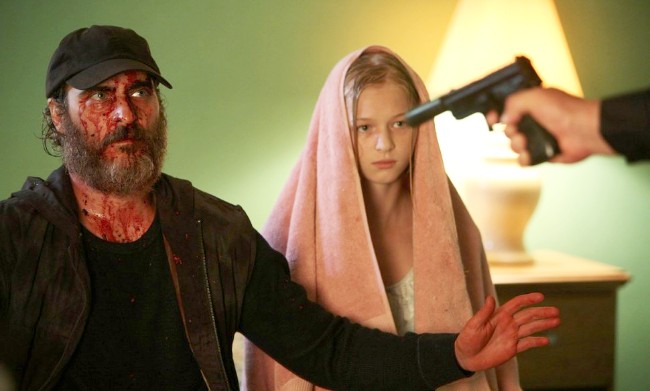
You Were Never Really Here (2017)
Run Time: 89 min | IMDb: 6.8/10
Joaquin Phoenix stars as a troubled hitman with a dark past in this thrilling crime flick from Lynne Ramsay. Phoenix plays Joe, a gun for hire, former military man and FBI agent, who spends most of his time rescuing victims of sex trafficking. He’s recruited to save a Senator’s daughter from a brothel that caters to high-end clientele, but the job thrusts him into the center of a conspiracy that costs him everything and ends in blood and tragedy. It’s a relentless slog to be sure, but it works because Ramsay is more interested in profiling the man, not the hits he makes.
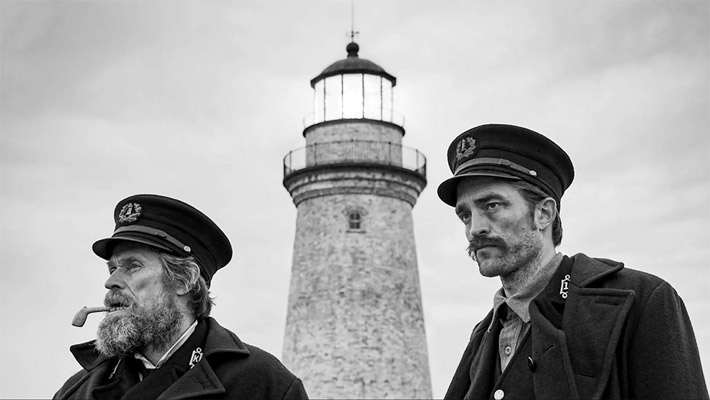
The Lighthouse (2019)
Run Time: 109 min | IMDb: 7.6/10
Robert Pattinson and Willem Dafoe star in this truly bonkers period drama from Robert Eggers. It’s a beautifully shot portrait of two men slowly driven to the brink of insanity by their choice in career — they’re stuck alone on a slab of rock, looking after a crumbling lighthouse. Pattinson masturbates to visions of mermaids, and Dafoe gets drunk and does a jig. To say anything more would be spoiling the fun.
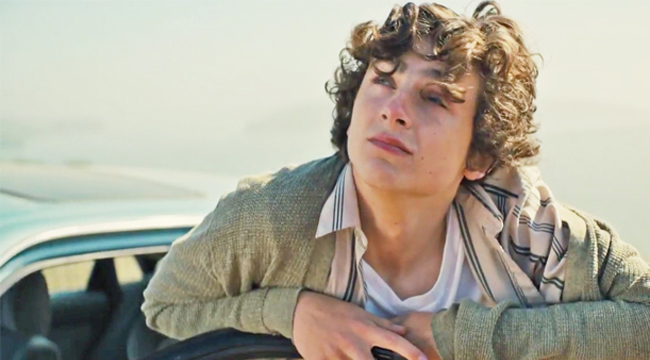
Beautiful Boy (2018)
Run Time: 120 min | IMDb: 7.3/10
Steve Carell and Timothee Chalamet star in this heartbreaking drama about a father trying to save his son from a drug addiction that’s slowly eating away at his family. Carell plays David, a New York Times writer who struggles to help his son Nic (Chalamet) after he falls victim to a worrying drug habit. He has moments of sobriety, attending college, living with his mother in L.A., and working at a drug clinic to help others battling the disease. Yet eventually, his addiction returns, and Nic is powerless to fight it. David is forced to choose between sacrificing his family and his own sanity or continuing to help his son. Both Carell and Chalamet give powerful performances that elevate what essentially is an emotionally restrained look at father-son relationships and the landmines they navigate.
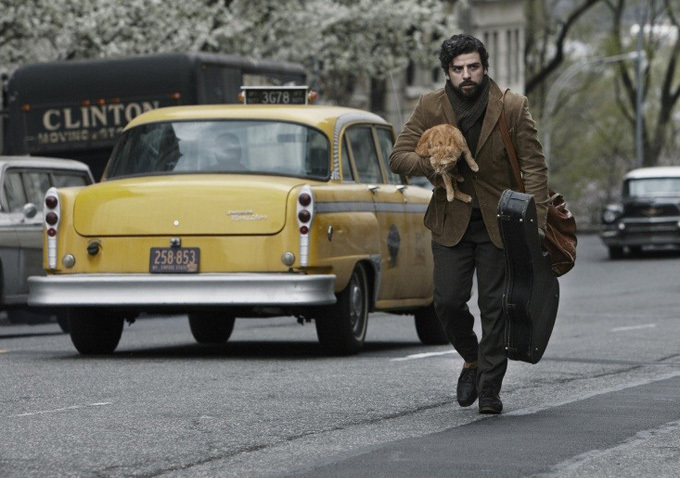
Inside Llewyn Davis (2013)
Run Time: 104 min | IMDb: 7.5/10
A portrait of a particular moment in music history, when the folk revival found young musicians discovering their voices in old styles and old songs, Inside Llewyn Davis stars Oscar Isaac as a singer/songwriter who can never quite translate his talent into professional success. Joel and Ethan Coen both exactingly recreate early ‘60s New York and use it as the site of one of an affecting tale of the clash between artistic impulses and the needs of the material world, a theme they’d previously explored with Barton Fink and would pick up again with Hail, Caesar!.
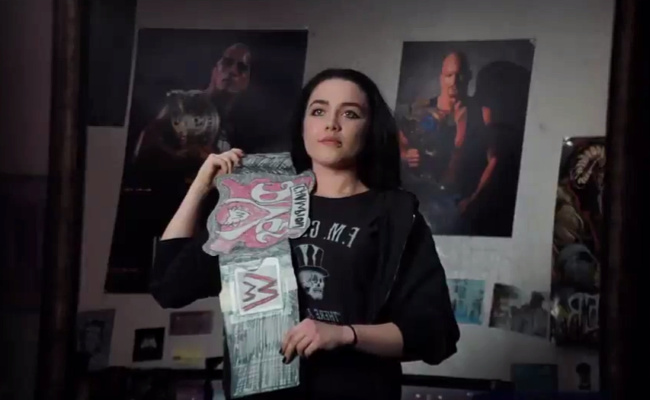
Fighting With My Family (2019)
Run Time: 108 min | IMDb: 7.1/10
Dwayne Johnson and Lena Headey star in this family drama about a pair of siblings with dreams of making it in the WWE. Only one, Florence Pugh’s Saraya, actually makes it, but the road to wrestling stardom is riddled with fake friends, sexism, parental drama, and self-doubt. There’s plenty of great matchups here — body slams, cage matches and the like — but the real draw is Pugh, who completely disappears in the role.

We Need To Talk About Kevin (2011)
Run Time: 110 min | IMDb: 7.2/10
Eva Khatchadourian (Tilda Swinton), who’s unwilling and unable to properly care for her troubled son Kevin, watches her life unravel as her husband (John C. Reilly) ignores their problems and Kevin grows more and more sociopathic and violent. The story jumps around in time, showing Swinton’s character as both a new mother who blames her son for ruining her life and as a woman who eventually blames herself for what becomes of her son. Swinton proves once again that she’s the actress that indie movies need for complex characters that live their lives in grey areas. At its core, We Need To Talk is about the importance of proper parenting, communication, and probably therapy. And it’s not for the faint of heart.
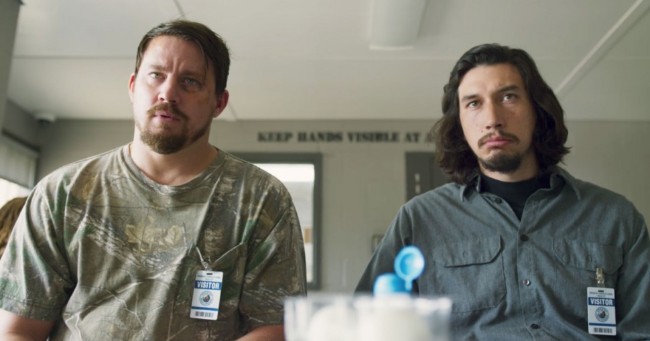
Logan Lucky (2017)
Run Time: 118 min | IMDb: 7.1/10
Ten years after his last Ocean‘s entry, Steven Soderbergh revisits the heist genre, this time centering on a pair of unlucky brothers (Channing Tatum and Adam Driver) working a scheme to rip off a big NASCAR race. Memorable side characters, rapid-fire dialogue, and charismatic performances keep the story from becoming too predictable even for a twist-filled heist tale. Soderbergh was even able to cut out major studios and keep complete creative control over the movie, thanks to streaming services and international distribution. It’s a largely light-hearted movie, and frankly, that’s necessary sometimes.
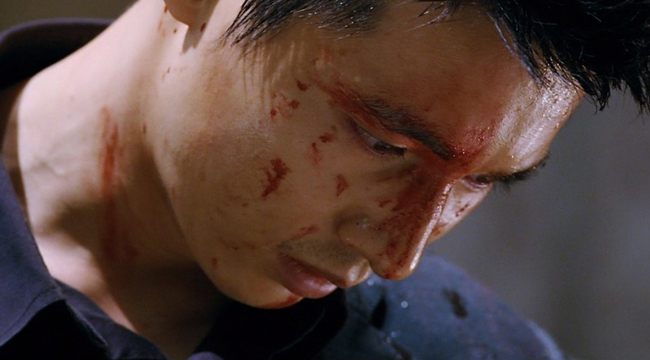
The Man From Nowhere (2010)
Run Time: 119 min | IMDb: 7.8/10
A mysterious pawnshop owner (Won Bin), whose only friend is a child that lives next door, tears the local criminal presence apart after she’s kidnapped. This South Korean thriller from Lee Jeong-beom follows a similar format to such films as Léon: The Professional and Man On Fire of “guy with a shady past protects little girl”, but The Man From Nowhere still crafts an original tale of a heartbroken man out to save the only thing he has left in this world. The action sequences are bloody and intense, and Bin’s stoic performance brings a painful depth to the brutal savior.
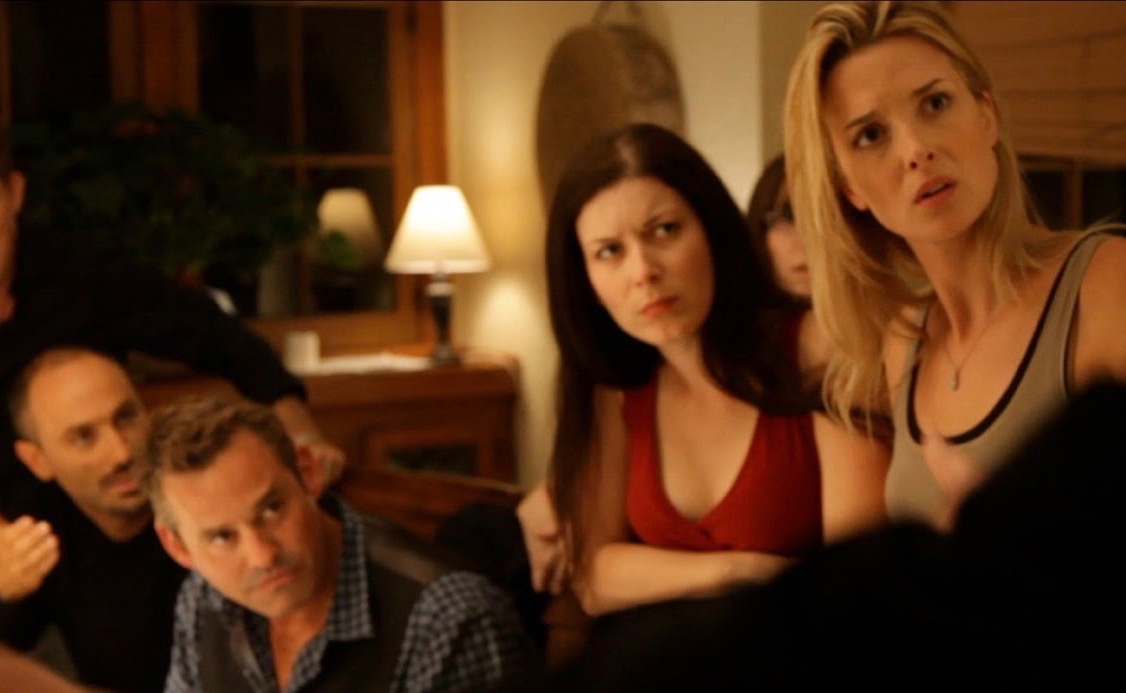
Coherence (2014)
Run Time: 89 min | IMDb: 7.2/10
Coherence is one of those low-budget sci-fi stories that is extremely tough to explain without either giving too much away or requiring an extended entry. Essentially, a group of friends sifts through their own issues and insecurities during a mind-bending paradoxical experience. Taking place almost entirely in the same room on a single night, the characters struggle to find answers just as much as the viewer. It’s a challenging yet enthralling film, perfect for those who love to overthink things.
Recent Changes Through May 2020:
Removed: Wonder
Added: The Lighthouse
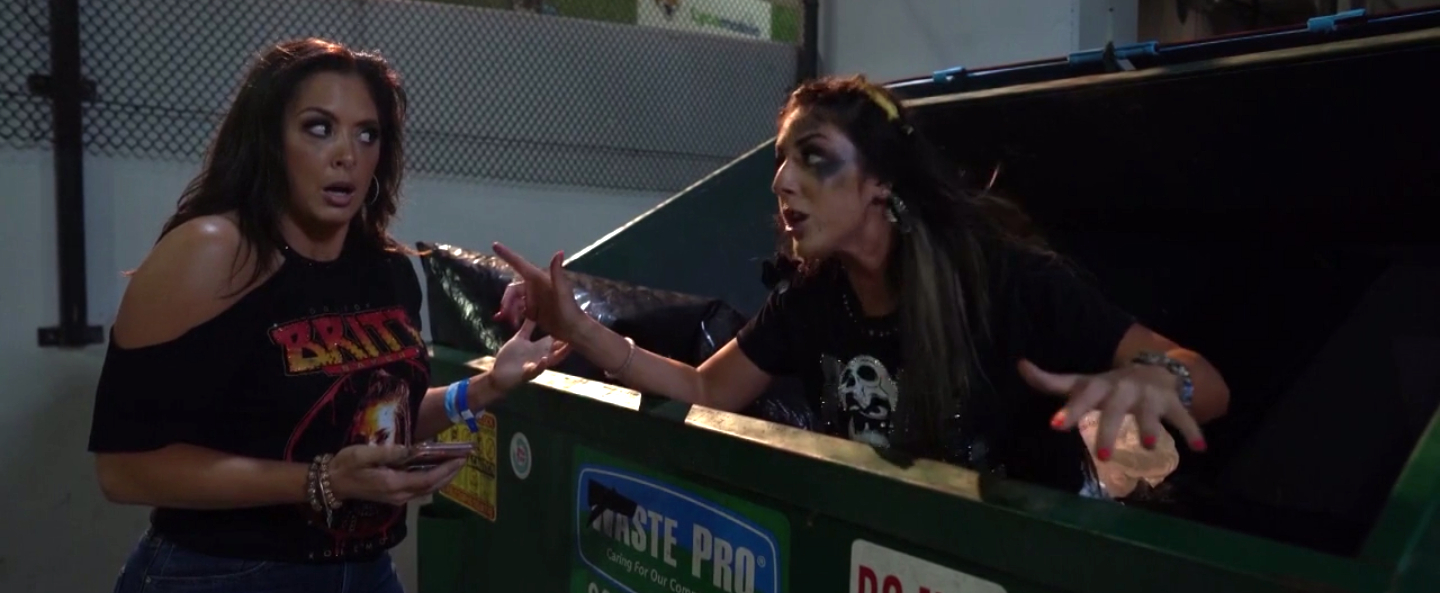
Here are your quick and dirty, editorial-free AEW Dynamite results for June 17, 2020. The show featured Ricky Starks challenging for the TNT Championship, Le Sex Gods versus the Best Friends, and more. Make sure you’re here tomorrow for the complete Ins and Outs of AEW Dynamite column.
AEW Dynamite Results:
1. Hangman Adam Page and Kenny Omega defeated the Natural Nightmares to retain the AEW Tag Team Championship. Page and Omega hit the last Last Call on QT Marshall to get the pin.
— Anna Jay was introduced by a quick video package.
#AEWDynamite #AEWonTNT pic.twitter.com/o4SDnleciN
— TDE Wrestling (@tde_gif) June 18, 2020
2. Abadon defeated Anna Jay by pinfall with a headscissors driver.
— After the match, the Dark Order came out, gave Colt Cabana a contract, and took Anna Jay with them when they left.
3. MJF defeated Billy Gunn. Wardlow tossed MJF the big diamond ring, and he used it to punch Gunn in the face and pin him.
— After the match, MJF and Wardlow got into a fight with Jurassic Express, which turned into a huge brawl.
— Backstage, Chris Jericho told Alex Marvez that Orange Cassidy had to be taken down last week because he kept interrupting the Inner Circle. Sammy backed him up, and Jericho added that they’ll do the same thing to the Best Friends this week.
— Tony Schiavone announced that Penelope Ford will challenge Hikaru Shida for the AEW Women’s Championship at Fyter Fest, which angered Britt Baker, who told him he’d just lost an interview with her and TNT would be mad. She ordered Rebel to drive her cart away, but it was revealed that Big Swole was in the driver’s seat. She drove away with a fearful Britt in the back.
“The only two things I had when I had nothing else in this world was work ethic and grit, the same two things that @CodyRhodes has.”
— @starkmanjones #AEWDynamite #AEWonTNT pic.twitter.com/3SkIHlBleM
— TDE Wrestling (@tde_gif) June 18, 2020
— Cody Rhodes talked about being lonely, because neither the Elite nor the Nightmare Family seems to be around much for him anymore. Then he handed the mic off to Arn Anderson. Arn said that Cody should listen to the voice of reason in his head, and that the time isn’t right to face Jake Hager. Then Ricky Starks appeared on the titantron and introduced himself.
4. Cody Rhodes defeated Ricky Starks by pinfall with a Crossroads, while Jake Hager watched on a monitor from backstage.
5. The Young Bucks defeated the Superbad Squad (Kip Sabian and Jimmy Havoc with Penelope Ford). The Bucks hit a double northern lights suplex, then a double superkick, then tricked Sabian into hitting a Tombstone piledriver on Havoc.
— After the match, the Butcher and the Blade jumped in the ring and attacked the Young Bucks, and then FTR showed up to attack Butcher, Blade, and the Superbad Squad.
— Outside under a bridge, Taz said that Jon Moxley deserved the attack from Brian Cage after the way he was talking last week, and Cage yelled about how much he wants to beat Mox up.
— Jon Moxley cut a promo about how ready he is to face Brian Cage.
The generosity and patience of Dr. @RealBrittBaker knows no bounds. #AEWDynamite #AEWonTNT pic.twitter.com/ad1X3PPm0d
— TDE Wrestling (@tde_gif) June 18, 2020
— Rebel found Britt Baker in a dumpster covered in trash, where she promised to get revenge on Big Swole.
6. The Best Friends defeated Le Sex Gods to retain their Number One Contendership for Fyter Fest. Trent got the pin with a Dudebuster on Sammy Guevara.
—After the match, one of the ringside cameramen revealed himself to be Orange Cassidy, who attacked Chris Jericho with a new level of intensity. The show ended with Orange Cassidy standing tall while commentary announced that he’ll face Jericho at Fyter Fest.
Wait for it…
Wait for it…
And there it is.
@orangecassidy #AEWDynamite #AEWonTNT pic.twitter.com/gHGkdEGjPO
— TDE Wrestling (@tde_gif) June 18, 2020

